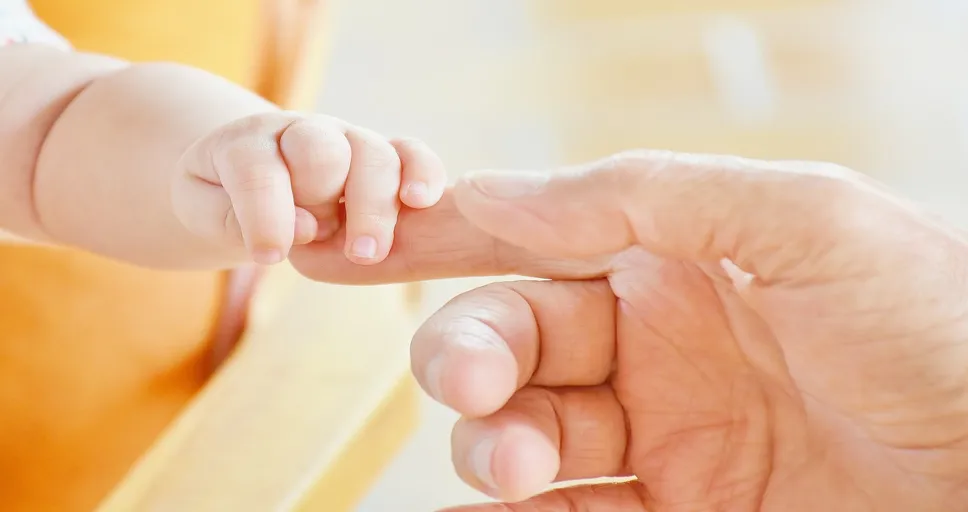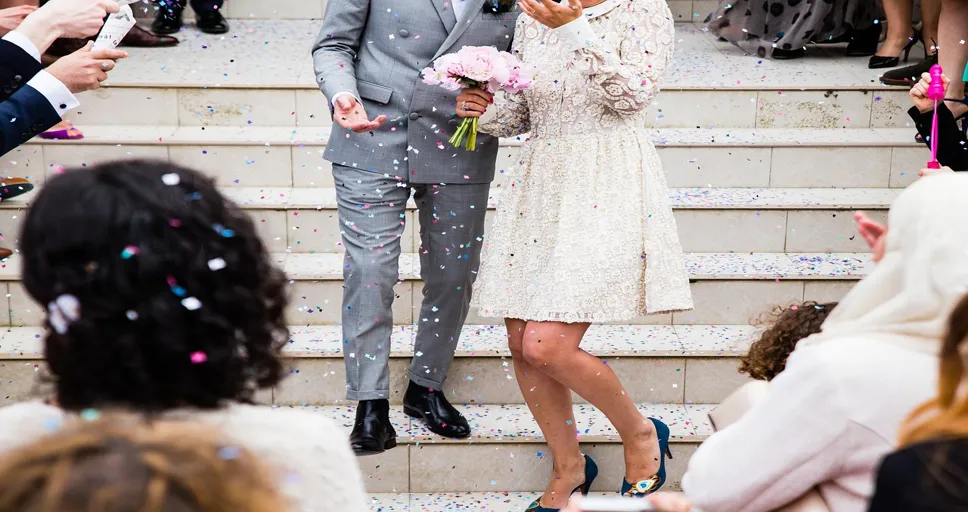Contents
- 1 Understanding the Modern Connection
- 2 Why ‘I Want to Stare at My Phone with You’ is the New Romantic Gesture
- 3 The Psychology Behind Screen Time Together
- 4 Building Stronger Bonds in the Digital Age
- 5 Frequently Asked Questions
- 6 Reflecting on Our Shared Digital Moments
- 7 Recommended Authors For Further Reading
Understanding the Modern Connection
In today’s digital era, saying “I want to stare at my phone with you” encapsulates the essence of modern bonding. This phrase might sound odd to previous generations, but it signifies a deeper connection in our current tech-driven society. Screen time, once considered a solitary activity, has evolved into a shared experience.
In this age, browsing social media, watching videos, or playing games together on our phones has become a way of spending quality time. This shared digital engagement has redefined intimacy for many, turning simple screen time into a symbol of closeness and mutual understanding. As we scroll and laugh together, we build bridges of communication and understanding, proving that technology can indeed bring hearts closer.
- “I want to stare at my phone with you” represents modern bonding and intimacy in today’s tech-driven world.
- It’s a symbol of closeness, mutual understanding, and shared digital experiences.
- This phrase reflects the evolving definition of romantic gestures, valuing shared digital content.
- It taps into psychological needs for connection, shared experiences, and mutual validation.
- Sharing screen time strengthens emotional bonds and creates digital memory markers.
- It’s not just about the content, but the shared emotions and memories they create.
Why ‘I Want to Stare at My Phone with You’ is the New Romantic Gesture
When you think of romance, candlelit dinners, long walks on the beach, or handwritten love letters might come to mind. But in our constantly evolving digital landscape, the definition of romantic gestures is shifting. One such contemporary expression is “I want to stare at my phone with you.” While it might sound peculiar at first, there’s a profound sentiment behind it that resonates with many in today’s society.
In a world where screens dominate our lives, this statement acknowledges the significance of sharing digital moments together. It’s a way of saying, “I cherish our time together, whether we’re exploring the world outside or diving deep into the digital universe.” Instead of suggesting that we’re absorbed in our devices at the expense of personal interaction, this phrase implies that we value the content and experiences we can share via those screens.
Moreover, choosing to stare at our phones together, rather than in isolation, reflects a mutual desire to be present in each other’s lives. It’s a recognition that, even in our moments of distraction, we still want the company of our loved ones beside us. It symbolizes a merging of our digital and personal worlds, highlighting that romance isn’t just about grand gestures but also about finding beauty in everyday shared experiences.
So, the next time someone says they want to stare at their phone with you, see it as an invitation. An invitation to bond, to share, and to connect in the modern era. It’s a testament to the adaptability of love and how it continually finds new ways to express itself in our ever-changing world.
The Psychology Behind Screen Time Together

The desire to say “I want to stare at my phone with you” goes beyond just a modern twist on romance. It taps into the deep psychological need for connection, shared experiences, and mutual validation. Let’s delve into the mind’s inner workings to understand why screen time together has become such a cherished activity.
Humans are social creatures. We thrive on shared experiences, which create a sense of belonging and strengthen our bonds. Historically, these experiences ranged from hunting together to gathering around a fire. Today, as digital platforms become communal spaces, sharing screen time is the new gathering around the fire. When we say we want to stare at our phones together, it’s an expression of this need to share moments, even if they’re digital.
Mutual Validation in the Digital Age
Sharing screen time also offers mutual validation. Laughing at the same meme, commenting on a trending topic, or enjoying a viral video together allows both individuals to feel understood and validated. It’s not just about the content on the screen; it’s about the comfort in knowing that someone else appreciates it in the same way you do.
Strengthening Emotional Bonds
Sharing emotions, be it joy, surprise, or even sadness, deepens our connections. Watching a touching video or reading an emotional story on our phones and then exchanging glances or discussing it builds empathy and understanding. It’s a way of saying, “I feel what you feel,” which strengthens emotional bonds.
Digital Moments as Memory Markers
Just as we remember significant life events or trips taken together, shared digital moments become memory markers in the story of our relationships. They form a digital scrapbook that we can look back on, reminisce, and smile about. So, when someone says they want to stare at their phone with you, it’s also an invitation to create memories.
In conclusion, the psychology behind sharing screen time is rooted in our basic human needs for connection, shared experiences, and validation. The phrase “I want to stare at my phone with you” is more than just a quirky declaration of modern love; it’s a testament to how we adapt and find new ways to connect in the digital age.
Building Stronger Bonds in the Digital Age
While traditional romantic gestures like heartfelt letters or surprise date nights will always have their charm, the digital age has paved the way for new modes of connection. The phrase “I want to stare at my phone with you” exemplifies how couples are adapting and building stronger bonds amidst the technological revolution. Here’s how:
When couples engage in shared screen time, they often discover common interests and topics they both enjoy. Whether it’s a YouTube channel, a web series, or a social media trend, finding joy in the same digital content enhances intimacy. This shared interest becomes a topic of conversation, laughter, and a mutual source of entertainment.
Creating a Digital Routine
Just like couples might have a routine of morning coffee or evening walks, sharing screen time can become a unique ritual. Setting aside time to scroll, laugh, or even learn something new together can be a moment both look forward to. Over time, this digital routine can solidify the bond, making the simple act of saying “I want to stare at my phone with you” a promise of quality time.
Bridging Physical Distances
For long-distance relationships, the digital realm becomes an indispensable connection point. Sharing screen time, sending each other interesting links, or watching something simultaneously creates a semblance of togetherness despite the physical distance. It’s a way to feel close, even when miles apart.
With the digital age come challenges like misinformation, online negativity, or digital fatigue. Facing and discussing these challenges together can strengthen a relationship. Whether it’s a debate over a controversial topic or sharing strategies to combat digital burnout, navigating the digital landscape becomes a joint effort, fortifying the bond between partners.
Celebrating Small Digital Wins
Shared joys amplify happiness. It could be a post that garnered many likes, discovering an amazing online sale, or successfully completing a digital challenge. Celebrating these small digital wins together adds another layer of connection and shared history.
In essence, the digital age, with all its screens and distractions, isn’t hindering relationships. Instead, it offers new avenues to connect, share, and grow closer. So, the next time you hear or say, “I want to stare at my phone with you,” remember it’s not about the screen; it’s about the person beside you and the bond you’re strengthening with every scroll and click.
- “I want to stare at my phone with you” reflects modern bonding and intimacy in a tech-driven era.
- Shared digital experiences redefine traditional romantic gestures, merging digital and personal worlds.
- This sentiment emphasizes mutual presence and shared content over individual screen absorption.
- The desire stems from psychological needs: shared experiences, mutual validation, emotional bond strengthening, and creating digital memories.
- It’s a testament to evolving love expressions in our digital age.
Frequently Asked Questions

What does it mean when someone says I want to stare at my phone with you?
It means they want to spend time with you in a relaxed manner, possibly sharing content or just being together, even if both are engrossed in their phones.
When would someone say that they want to stare at their phone with you?
Someone might say this when they want to share a casual, comfortable moment with you, indicating a level of closeness where both can be in each other’s company without the need for constant conversation.
Does it mean he loves you if he wants to look at videos together with you?
Wanting to watch videos together can indicate a desire for shared experiences and bonding, but it’s not a definitive sign of love. It’s essential to consider other aspects of the relationship and communication to gauge feelings accurately.
In today’s fast-paced digital age, the moments we share online can sometimes fleet past us in a blur. But when we stop and reflect, we realize that saying “I want to stare at my phone with you” is more than just a modern proclamation of affection; it’s a gateway to countless shared memories, feelings, and experiences. Here’s a closer look at the significance of these shared digital moments.
A Digital Scrapbook
Every meme chuckled over, every heartwarming video watched together, and every song shared becomes a page in a couple’s digital scrapbook. These might seem like fleeting moments, but collectively, they form a montage of memories that chronicle the journey of the relationship. Revisiting these moments can bring back a rush of emotions and the warmth of togetherness.
Understanding and Growth
Shared digital moments are not just about entertainment; they can be about learning and growth too. Discussing a thought-provoking article, delving into an informative documentary, or exploring new hobbies online can shape a couple’s perspectives and enrich their bond. It’s not just about saying “I want to stare at my phone with you”; it’s about growing and evolving together through the content consumed.
Moments of Vulnerability
Sometimes, what’s shared digitally can be deeply personal. An emotional post, a piece of personal news, or even a tear-jerker of a movie can lead to moments of vulnerability. Sharing these moments and the emotions they evoke can lead to deeper understanding and empathy, strengthening the bond between partners.
Time Capsules of Joy
Many shared digital moments are pure joy – a hilarious viral video, a delightful new discovery, or simply goofing around with filters and apps. These moments, when reflected upon, act as time capsules, capturing the happiness and laughter of that particular time.
A Testament to Time Spent Together
The time spent scrolling, sharing, and discussing is a testament to the hours devoted to each other. It’s an affirmation of the importance of the relationship in the vast digital landscape. Every shared tweet, every jointly-watched video, and every comment exchange becomes a marker of time spent, cherished, and valued.
In conclusion, reflecting on shared digital moments offers a beautiful insight into the tapestry of a relationship. The phrase “I want to stare at my phone with you” is not just about the act but about the multitude of memories, emotions, and experiences that come with it. It’s a celebration of togetherness in the digital age.
Recommended Authors For Further Reading

- Sherry Turkle – Turkle is an MIT professor and author known for her studies on the relationship between humans and technology, especially how it affects our interpersonal relationships. Her works often delve into the complexities of our connected age.
- Cal Newport – Newport, a computer science professor, explores the nuances of digital minimalism and the effect of technology on our deep work and attention. His insights offer a deep dive into the meaning behind our screen time.
- Nicholas Carr – Carr’s writings, especially his book “The Shallows,” discuss how the internet is changing our brains and how we think. He provides a unique perspective on our dependency on devices.
- Aziz Ansari and Eric Klinenberg – In their collaborative work “Modern Romance,” comedian Aziz Ansari and sociologist Eric Klinenberg delve into the modern world of dating and relationships, discussing how technology plays a pivotal role in modern love.
- Jenny Odell – Odell’s book “How to Do Nothing: Resisting the Attention Economy” emphasizes the art of disconnection in a hyper-connected world. She challenges the constant engagement with our devices and promotes meaningful connections.


